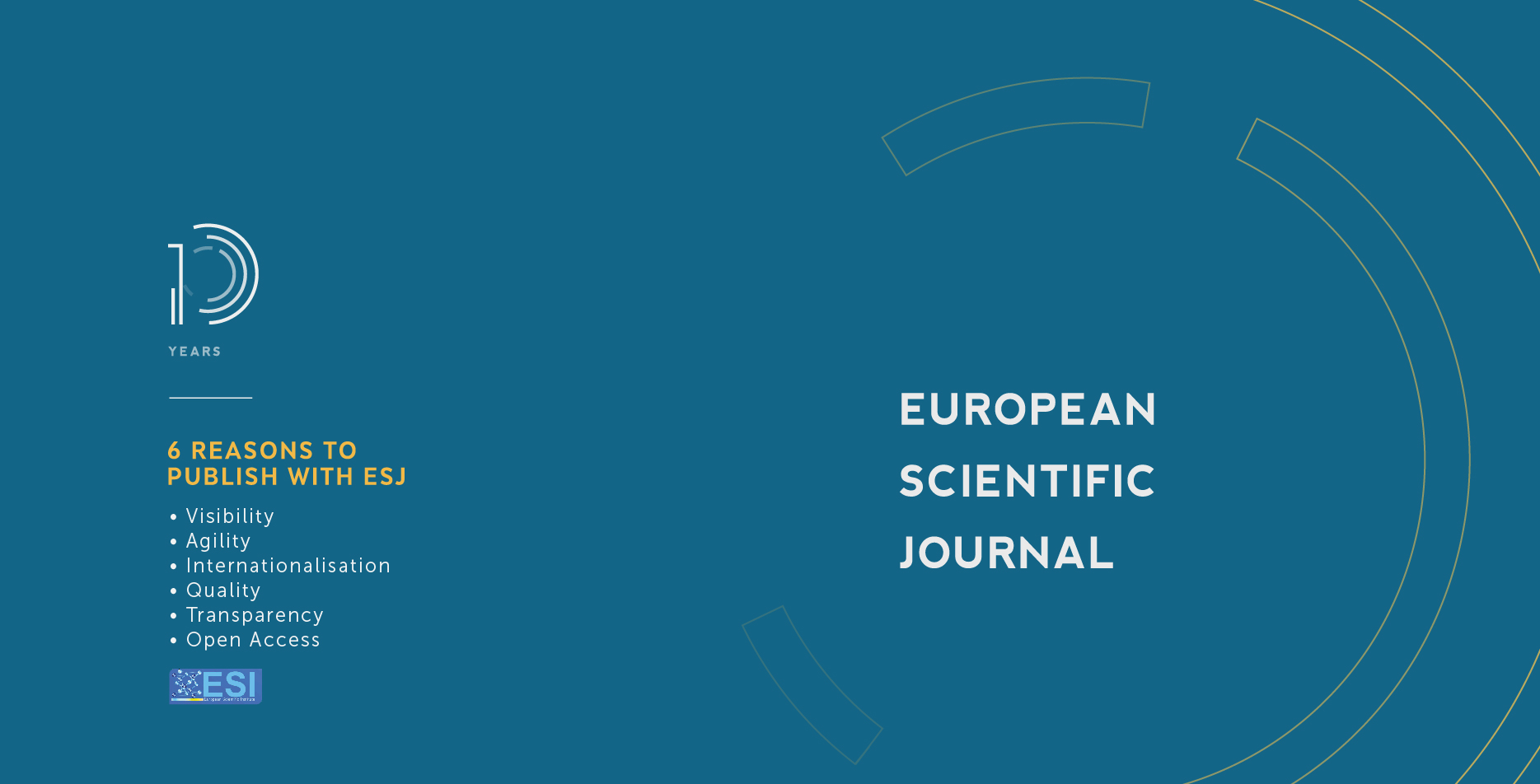Extensive and Improved Traditional Poultry Farming in Togo: A Comparative Analysis of Socioeconomic Characteristics of Farmers
Abstract
Since 2014, the Agricultural Sector Support Project (PASA) has been assisting smallholder farmers in Togo with the adoption of Improved Traditional Poultry Farming Technique (ITPFT) in rural areas for wealth creation, food security and poverty alleviation. This paper focuses on comparing the socioeconomic characteristics of beneficiaries and non-beneficiaries of PASA subsidies. Both random and purposive sampling techniques were used to select 400 farmers. The sample consisted of 86 project beneficiaries and 314 non-beneficiaries. Structured questionnaires were used to collect data. Results of analysis indicated that there is a significant difference in socioeconomic variables such as self-financing capacity, level of education, membership in cooperative societies, household size, farm size, and annual sale of poultry between project beneficiaries and non-beneficiaries prior to the implementation of PASA. Descriptive statistics show that five years after the implementation of PASA, the annual poultry sales per farmer ranged from 0 to 1700 birds for beneficiaries and from 9 to 200 birds for non-beneficiaries. The turnover per farmer ranged from US $ 0 to US $ 42409 and from US $ 33 to US $ 996 for beneficiaries and non-beneficiaries, respectively. The profit per farmer ranged from US $ 0 to US $ 25446 for beneficiaries and from US $ 26 to US $ 797 for non-beneficiaries. The magnitude of the standard deviations of the potential outcome variables among beneficiaries and non-beneficiaries suggests that adoption rates of ITPFT may vary from one farmer to another. As a result, compared to non-beneficiaries, beneficiaries experienced a greater increase in potential outcomes five years after the implementation of PASA. Failure to comply with improved production technique on certain farms, despite receiving subsidies, is a factor that could negatively impact the effective, efficient, and optimal achievement of the project’s expected results. Further research will concentrate on determining the added value of PASA through the use of appropriate and thorough econometric adoption and impact assessment methods.
Downloads
Metrics
PlumX Statistics
Copyright (c) 2021 Mawussi Kossivi Soviadan, Anselm Anibueze Enete, Chukwuemeka Uzoma Okoye, Kossivi Fabrice Dossa

This work is licensed under a Creative Commons Attribution-NonCommercial-NoDerivatives 4.0 International License.








